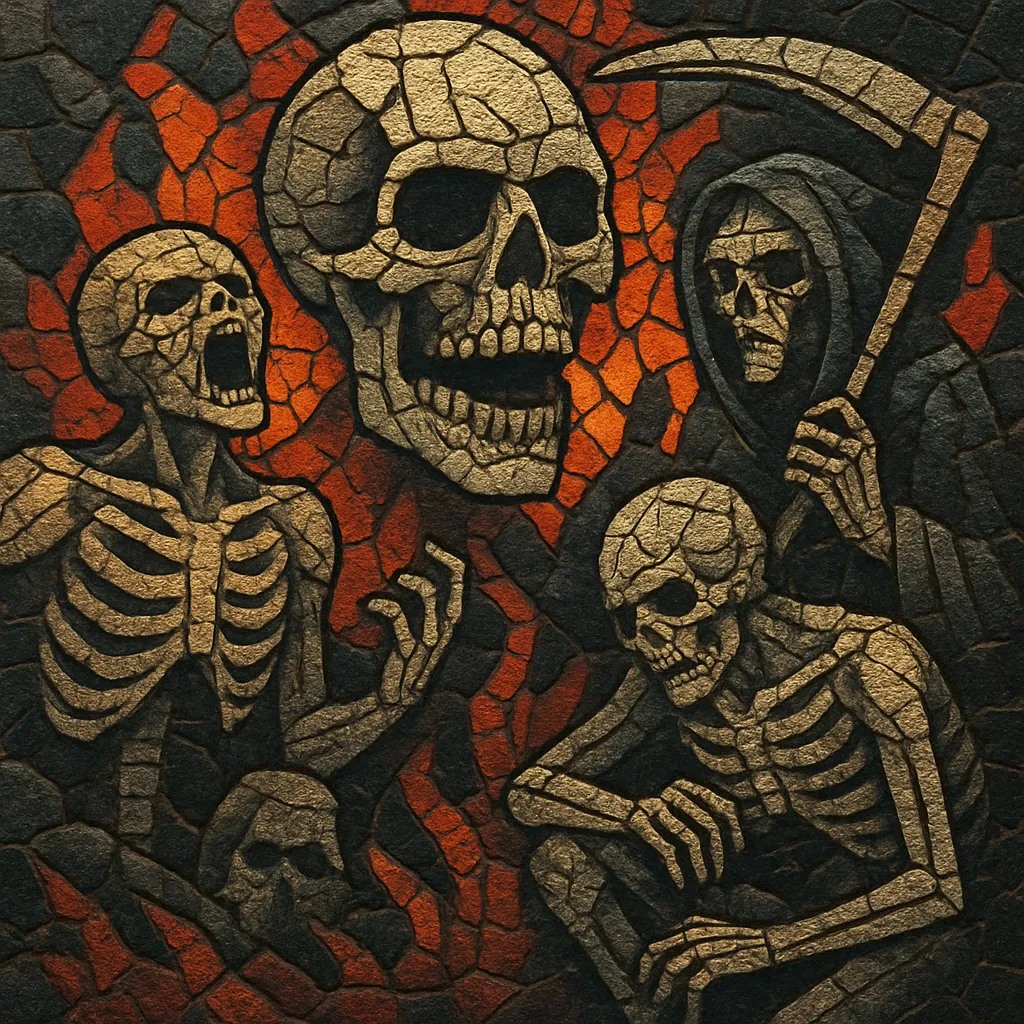Deathcore is an extreme metal fusion that combines the low-tuned riffing, blast beats, and guttural vocals of death metal with the breakdown-centric groove, rhythmic syncopation, and mosh-oriented structures of metalcore.
Expect relentless intensity: deep growls, pig-squeals, dissonant tremolo lines, chromatic runs, gravity blasts, and sudden tempo drops into crushing breakdowns. Modern deathcore often layers atmospherics (pads, choirs, or orchestral elements) over hyper-tight, down-tuned guitar work for a cinematic, apocalyptic feel.
The style is performance-driven and physical—written as much for the pit as for headphones—yet many bands fold in technical riffing, odd meters, and ambitious song forms.
Deathcore coalesced in the early 2000s across North America, particularly in the United States, as musicians mixed death metal’s extremity with metalcore’s breakdown vocabulary. Early exemplars included Despised Icon (Canada) and U.S. bands such as Job for a Cowboy and The Red Chord, whose releases around 2004–2006 circulated widely through MySpace and early YouTube, accelerating the sound’s worldwide adoption.
By 2007–2010, acts like Suicide Silence, Whitechapel, All Shall Perish, and Carnifex defined the genre’s core aesthetics: drop-tuned guitars (often 7–8 strings), blast-beat barrages, abrupt half-time breakdowns, and a mix of guttural, fry, and pig-squeal vocals. Regional scenes in California, Arizona, Massachusetts, and Montreal became hotspots, with touring circuits and festival slots cementing deathcore’s live reputation.
As the sound matured, some bands pivoted: Job for a Cowboy veered into technical/progressive death metal, while others refined a darker, heavier edge (Oceano, Chelsea Grin) or introduced symphonic/blackened elements (Lorna Shore; Shadow of Intent). Parallel developments included downtempo/beatdown-inflected variants emphasizing slower BPMs and colossal, elongated breakdowns. While traditionalists sometimes criticized deathcore’s breakdown density, the genre’s technicality and compositional breadth increased across the decade.
A new wave revitalized deathcore with cinematic orchestration, choirs, and blackened textures, viral vocal performances, and production that blends surgical precision with atmospheric depth. Global acts (e.g., Thy Art Is Murder from Australia) underscored the genre’s international footprint. Substyles such as downtempo deathcore became codified, and deathcore’s sound design and vocal extremity began influencing adjacent scenes, from beatdown and modern metalcore to crossover experiments.


